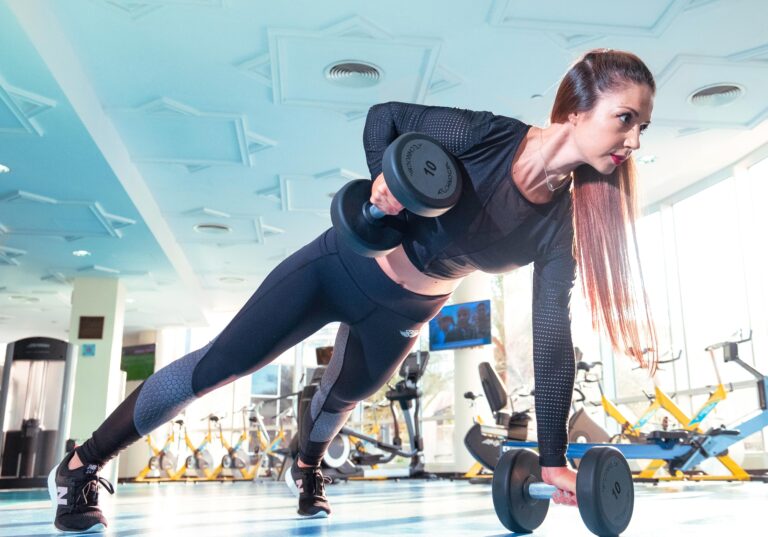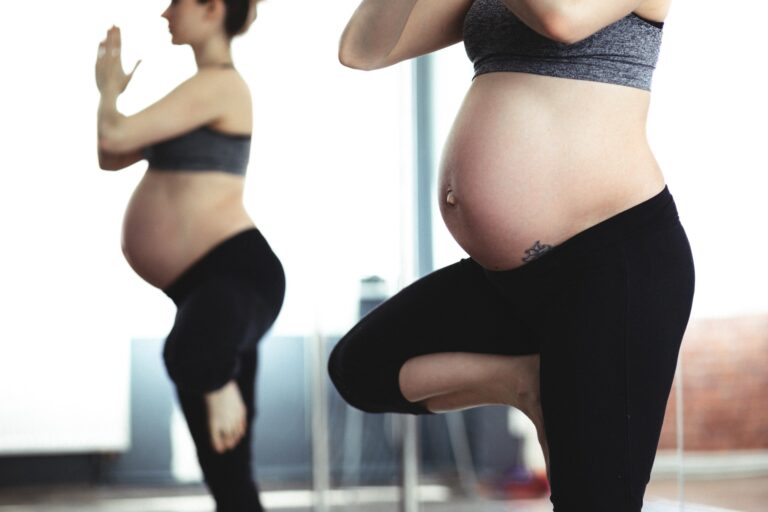The more time that passes working in the health field the more I see the same 5 training mistakes that cause people’s fitness routines to fail.
No one plans to fail, but that doesn’t negate the cold hard fact that most people do not achieve the results they’re searching for.
You want to lose body fat but you’re not.
You want to get stronger but you’re not.
You want your clothes to fit better but they don’t.
You’d love to have more energy but are more tired than ever!
You wish you felt better but you’re still in pain.
Reality exists and the sooner you accept that this is where you are the sooner you can start figuring out what the heck is going wrong and begin the process of getting it fixed.
MISTAKE #1 | WALKING JUST ISN’T ENOUGH
When I ask our practice members about what they do to keep in shape, they often reply “I walk”.
Now, don’t get me wrong… walking regularly at a brisk pace for an extended time does have some health benefits such as reducing your chance of dying from anything (all-cause-mortality) by around 10%.
While I’ll take the 10%, walking doesn’t have the dramatic health benefits including strength development, increased metabolism, and efficient fat loss that other forms of training have.
Walking is a good start or “extra” activity but it shouldn’t form the foundation of your fitness routine.
MISTAKE #2 | NO STRENGTH TRAINING
It may sound like I’m beating a dead horse.
Learning why you should and how to train for strength is a central component of Life By Design.
However, there’s a reason it needs to be discussed regularly… that’s because very few people are actually doing it!
Strength development is THE central piece to attaining most of the goals you’re attempting to achieve. If you’re exercising at home, in a gym by yourself or even trying some bootcamps there’s a good chance you’re not training for strength.
In fact, a very big misconception is that if you’re using “weights” you must be strength training and that’s simply just not true.
MISTAKE #3 | YOU’RE NOT EATING ENOUGH
Yes, I said “not enough”. You did read that correctly.
Every time someone has a goal that includes losing body fat, the natural inclination is to eat less. When I review the results of a food log from someone “not getting results” it’s almost always a case of 1. Not enough food. 2. Not enough fat. 3. Not enough protein.
How can you let go of body fat if you don’t have enough nutrition to support your body’s optimal function? You can’t and you won’t. Your body is smart enough to know when it’s time to just survive and when it’s time to thrive.
Take away calories and nutrients, it’s survival mode for you. Good luck losing any body fat until you get this fixed.
MISTAKE #4 | LOW OR NO INTENSITY
This mistake is an extension of #2 but common enough to make it a separate conversation.
Do you know what high intensity means? It doesn’t mean working hard. It means working at a higher percentage of your maximum.
Now anyone who’s done this knows it’s challenging but you could also do 100 arm curls which will definitely make you sweat and breathe harder, but it won’t give you the results you’re looking for (unless those results are sweet beach biceps!)
To develop strength & build a body that uses energy (aka fat) to sustain itself all day long, you need use resistance near your peak capacity. This means if you can squat 100 pounds 1x, you’re best to use 80-90 pounds and squat that weight 2-5 times for 3-5 sets.
MISTAKE #5 | YOU HAVE NO PROGRESSION
I saved the best for last.
Even IF you had some of this figured out such as the diet & training for strength…make this last mistake and you’ll be stuck where you are forever.
The difference between a fitness routine and a training program that will get you the results you’ve been dreaming of is the principle of progression.
Most are doing the exact same thing they’ve always done. Walking, treadmill, elliptical, a few circuits on the machines, or a class.
Without a strategically planned program with detailed progressions built into it, how can you expect to see any change in your outcomes?
You can’t simply repeat the same exercises, at the same difficulty level, in the same order as you’ve continued to do every time you follow your fitness routine.
If you want results like strength, flexibility, fat loss, less pain, and more energy, it won’t be easy but if you know what you’re doing or have experts who do, it’s also not rocket science.







